Explore the rich history and fascinating discoveries at Aziz Dheri Archaeological Site. Learn about the ancient civilizations and gypsy traces that once thrived here and the remarkable artifacts unearthed. Discover the secrets buried beneath the sands of time.
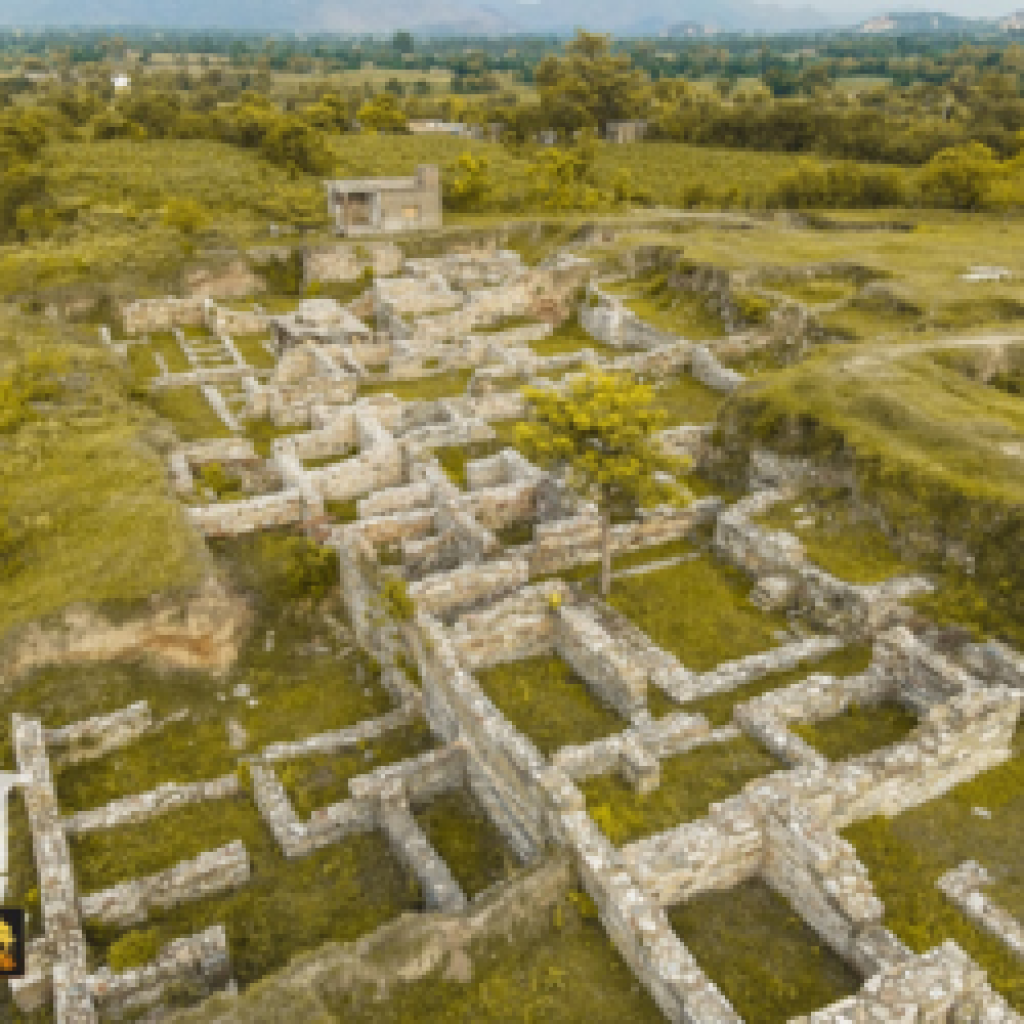
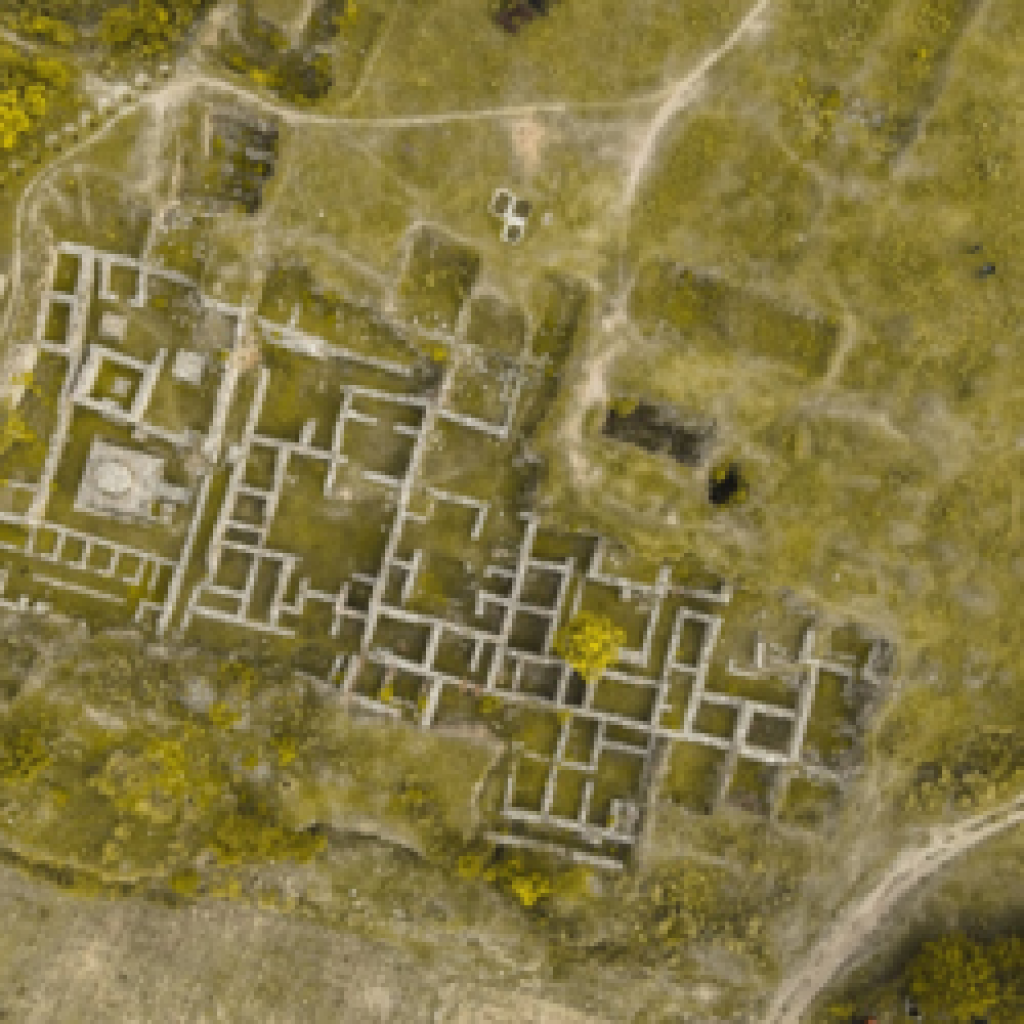
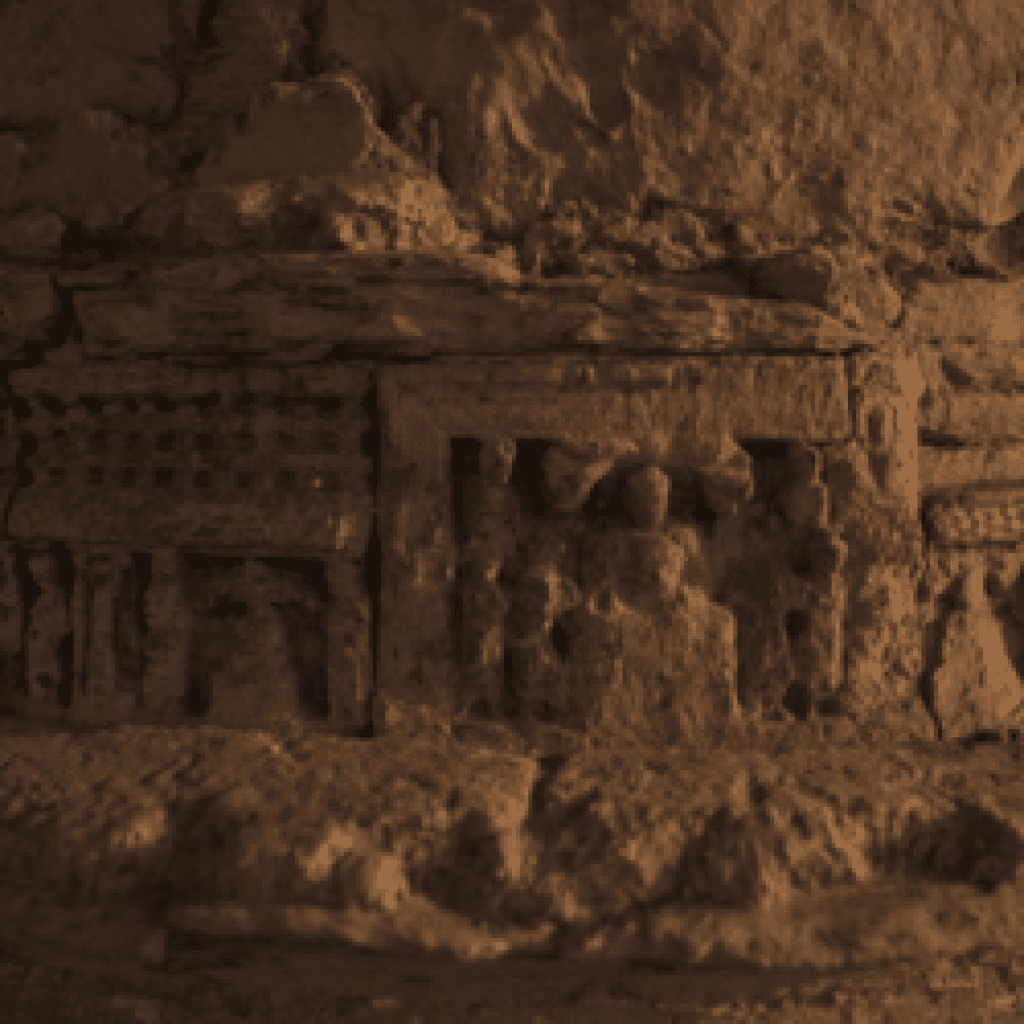
Table of Contents
Aziz Dheri Archaeological Site
Situated in the heart of Swabi, Pakistan, the Aziz Dheri Archaeological Site is a treasure trove of historical wonders waiting to be explored. This hidden gem offers a unique glimpse into the Ghandhara civilizations that once called this region home.
In this blog, we’ll take you on a journey through time as we delve into the rich history and intriguing discoveries at Aziz Dheri Archaeological Site. We’ll uncover the secrets buried beneath the sands of time, shedding light on the stories of the people who once flourished in this remarkable locale.
Unveiling the Secrets of Aziz Dheri Archeological Site
In the heart of Swabi District, Pakistan, lies a hidden gem of ancient history and spirituality – the Buddhist site of Aziz Dheri. This archaeological wonder is one of the largest mounds in the region of ancient Gandhara and is home to a remarkable collection of cultural artifacts and a meticulously planned settlement. In this blog post, we’ll take you on a journey through the historical significance and discoveries at Aziz Dheri Archaeological Site.
Discovery and Early Excavations
Aziz Dheri’s story began in 1976 when it was first discovered, but it wasn’t until 1993 that the first official excavation at the site began. Before the scientific excavations, illegal diggings plagued the area, leading to the removal of numerous sculptures from the northern part of the main stupa. These initial challenges set the stage for a complex archaeological narrative.
Unveiling Ancient Mysteries
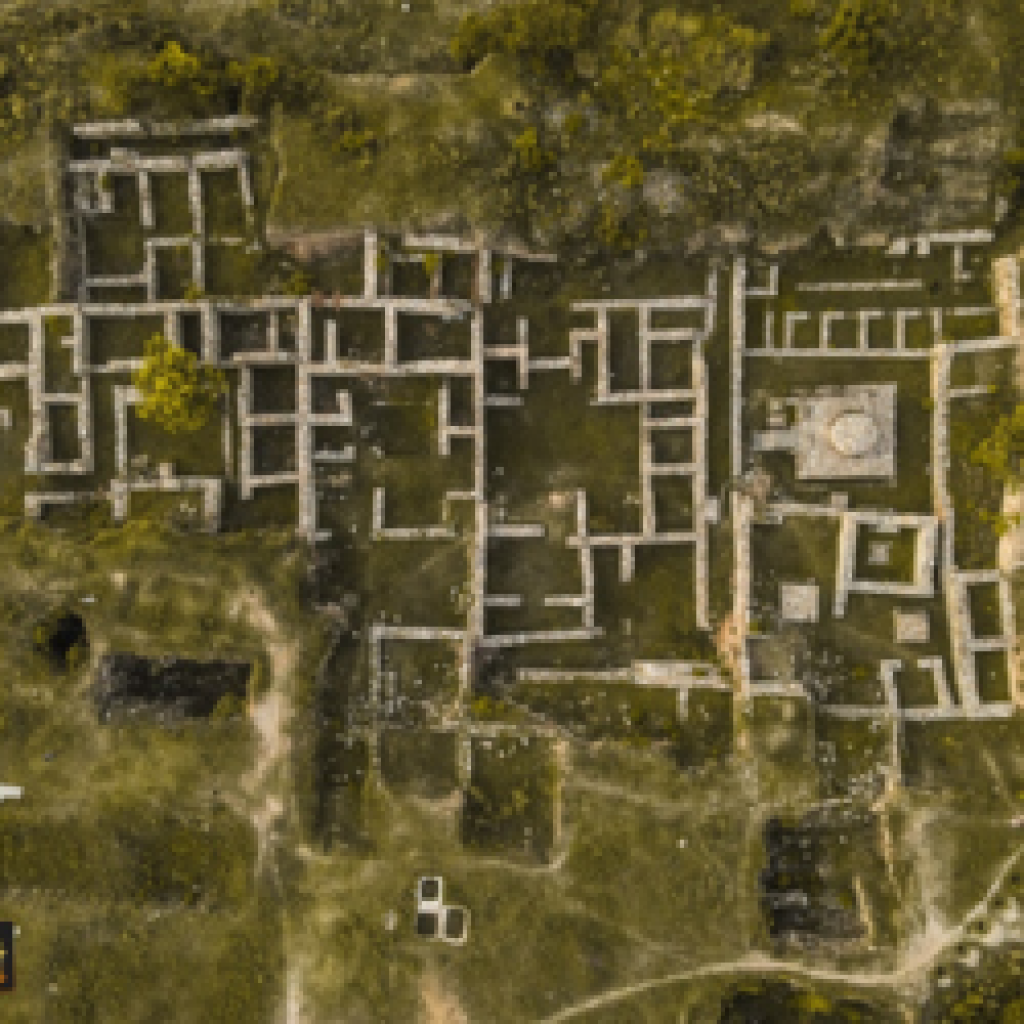
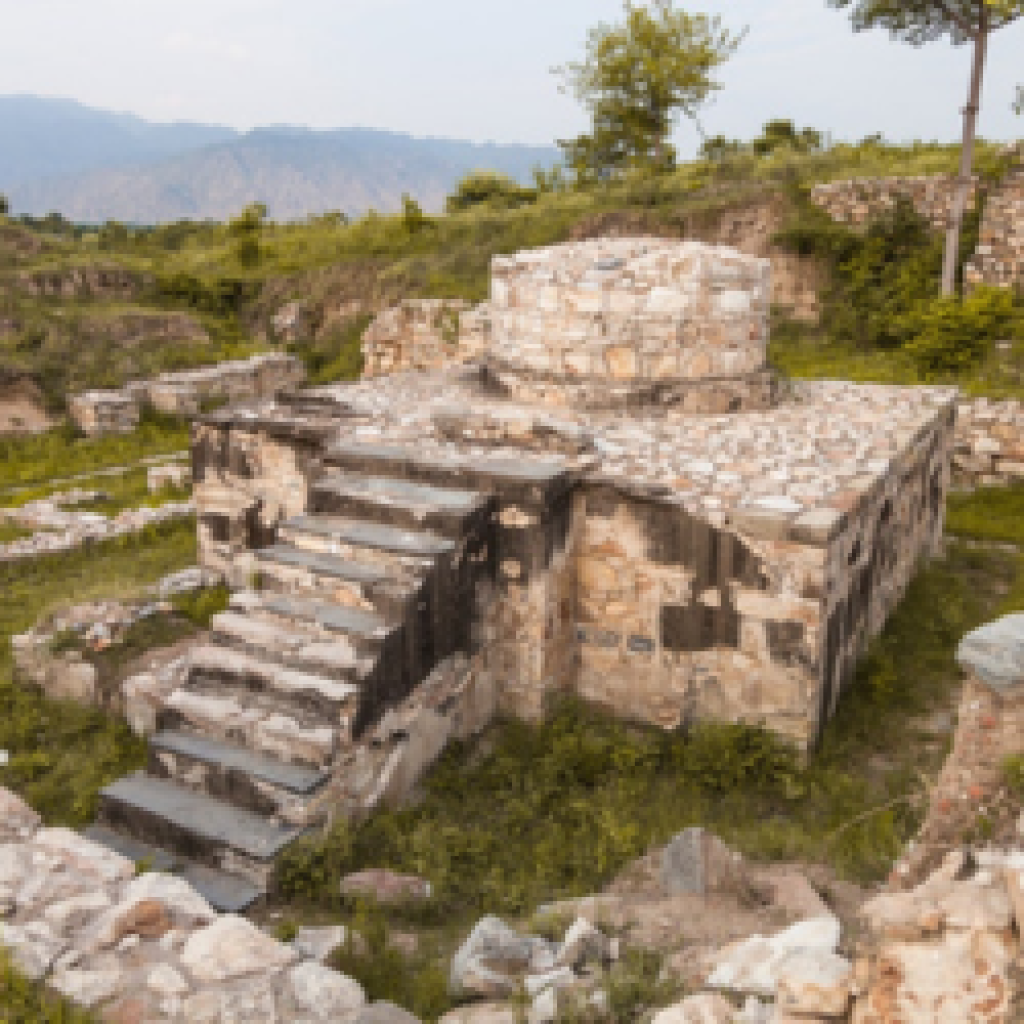

Since 1993, archaeological investigations at Aziz Dheri Archaeological Site have continued, resulting in significant discoveries that contribute to our understanding of the archaeological and religious landscape of ancient Gandhara. Despite its historical and religious significance, Aziz Dheri Archaeological Site suffered from partial and ruthless excavations by illegal diggers and careless investigations by both professionals and non-professionals. This unfortunate history disrupted the site’s chronological sequence.
Unearthing the Past
Less than ten percent of the mound has been exposed, focusing mainly on the Late Kushan period. The rest of the area remains unexplored. In 2007, the Department of Archaeology at the University of Peshawar took the initiative to scientifically investigate the site. The goal was to study the external and internal landscape of Aziz Dheri Archaeological Site and understand its true chronological sequence. This diagnostic study involved laying several trenches at different levels and points of the mound to comprehend its cultural profile.
Remarkable Discoveries – Aziz Dheri Archaeological Site
During the 2007/08 campaign, excavations reached a depth of approximately 16 meters, uncovering artifacts from the post-Mauryan period. However, the virgin soil remained elusive during this campaign. In 2011/2012, a large-scale excavation covering a 17×10 meter area was launched, continuing for about three months and yielding highly encouraging results.
Aziz Dheri Archeological Site Today
Aziz Dheri stands as a vital archaeological site in the Peshawar Valley, with a rich and unique history. It’s renowned for its vast size and the thousands of artifacts it has yielded, offering a rare integration of sacred and secular aspects. What makes this site even more extraordinary is its uninterrupted cultural record spanning from the 2nd century BCE to the 11th century CE, providing a comprehensive glimpse into the past.
The Directorate of Archaeology and Museums KP in the KP Province of Pakistan has conducted extensive research at the Aziz Dheri Archaeological Site, unearthing a wealth of cultural artifacts and evidence of well-planned urban development. This archaeological wonder is a must-visit place in Swabi, Khyber Pakhtunkhwa, Pakistan, offering a captivating journey through time and history.
Photo Source: Directorate of Archeology & Museums KPK

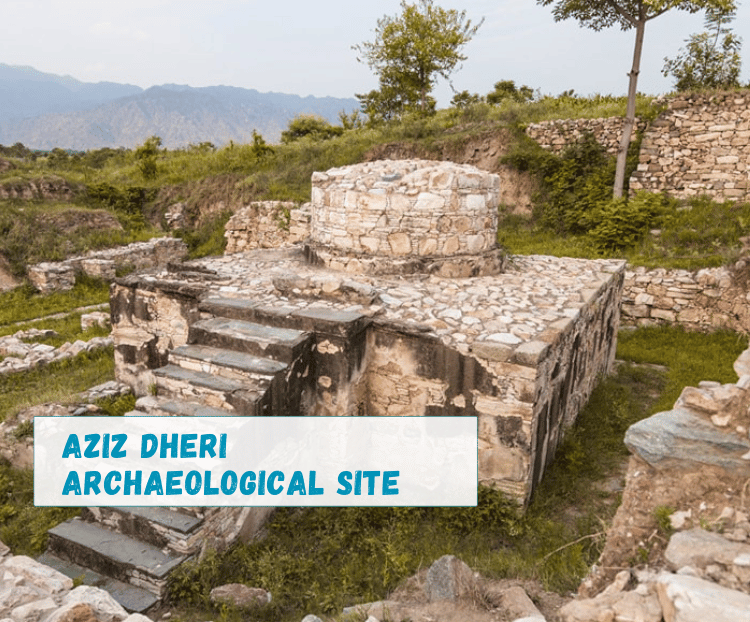
0 Comment